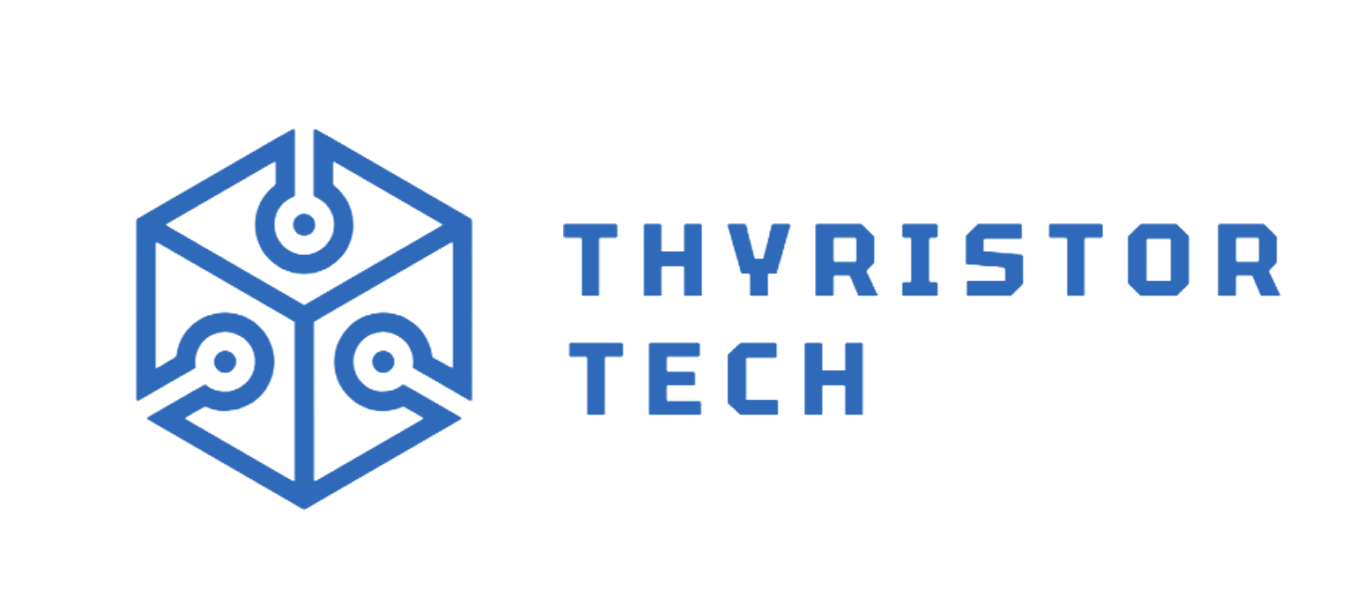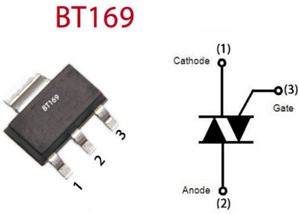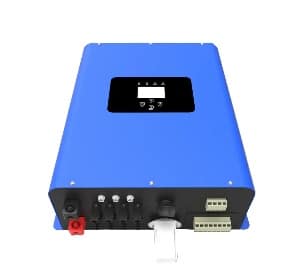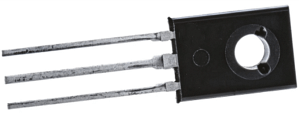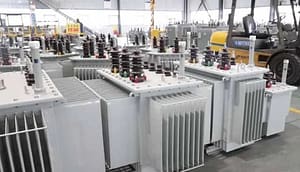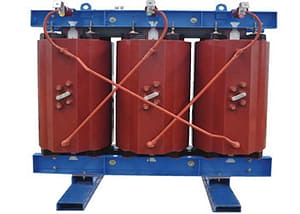Electronic Components Supplier | Transformers, Inductors, Inverters
The global energy landscape is undergoing a seismic shift. The transition from fossil fuels to renewable energy is no longer a distant goal but an urgent present-day necessity. However, the intermittent nature of sources like solar and wind power presents a significant challenge: how do we ensure a reliable, stable, and constant energy supply? The answer lies in the strategic integration of renewables. This comprehensive guide explores the innovative technologies and strategies making a 100% renewable grid not just a possibility, but an inevitable reality.
The Core Challenge: Intermittency Meets Demand
The sun doesn’t always shine, and the wind doesn’t always blow. This fundamental truth is the biggest hurdle in the renewable energy transition. Our power grids were built for consistent, predictable fossil fuel generation, not for the variable output of solar panels and wind turbines. Without effective solutions, this can lead to grid instability, curtailment (wasting excess renewable energy), and potential blackouts. Successfully integrating renewable energy means bridging the gap between variable supply and constant demand.
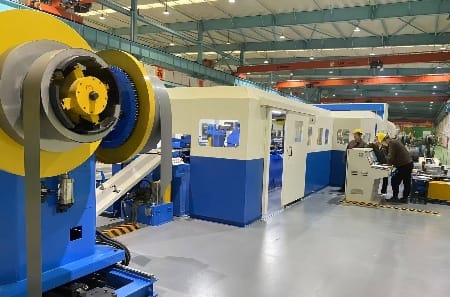
Beyond the Panels: Key Technologies for Seamless Integration
Simply installing more solar farms isn’t enough. A holistic approach leveraging cutting-edge technology is required to create a resilient and efficient system.
1. Energy Storage: The Game Changer
Energy storage systems, particularly utility-scale battery storage (BESS), are the cornerstone of modern renewable integration. They act as a buffer, absorbing excess energy when production is high and releasing it when demand peaks or generation drops. This smooths out fluctuations, provides critical grid stability, and ensures every kilowatt-hour of clean power is utilized. Advancements in battery technology are rapidly increasing capacity and driving down costs, making storage indispensable.
2. Smart Grids and AI: The Digital Brain
The old, passive grid is becoming a dynamic, intelligent network. Smart grid technology uses sensors, meters, and data analytics to monitor and manage energy flow in real-time. When powered by Artificial Intelligence (AI) and machine learning, these systems can forecast weather and energy production with stunning accuracy, optimize dispatch from storage, and even manage demand response programs. This intelligent management is crucial for balancing the grid with a high penetration of variable renewable energy.
3. Advanced Inverter Capabilities
Modern inverters do more than just convert DC solar power to AC. They are now equipped with grid-forming capabilities, meaning they can help maintain grid voltage and frequency, essentially “strengthening” the grid against disturbances. This is a vital feature for stability as more traditional power plants retire.
4. Demand Response and Flexibility
Sometimes, the best way to balance the grid is to manage demand, not just supply. Demand response programs incentivize consumers (both industrial and residential) to reduce their electricity use during periods of high stress on the grid. This flexibility is a powerful tool for avoiding the need to fire up polluting peaker plants.
The Role of Policy and Market Design
Technology alone isn’t a silver bullet. Supportive government policy and innovative energy market design are essential catalysts. This includes modernizing grid infrastructure, creating fair market rules that value the flexibility provided by storage and demand response, and implementing ambitious renewable energy targets that spur investment and innovation.

The Future is Integrated: Virtual Power Plants and Beyond
The future of integration is decentralized and interconnected. Virtual Power Plants (VPPs) are emerging as a revolutionary concept. A VPP aggregates the capacity of many distributed energy resources—like rooftop solar, home battery systems, and smart appliances—and coordinates them to function as a single, reliable power plant. This creates a more resilient, efficient, and consumer-powered grid.
Conclusion: A Symphony of Solutions
Integrating renewables is not a single action but a symphony of coordinated solutions. It requires the seamless fusion of energy storage, smart digital systems, proactive policy, and consumer participation. By embracing these technologies and strategies, we are not just adding clean energy to the grid; we are building a smarter, more resilient, and truly sustainable energy system for generations to come. The journey to a decarbonized future is underway, and effective integration is paving the way.
